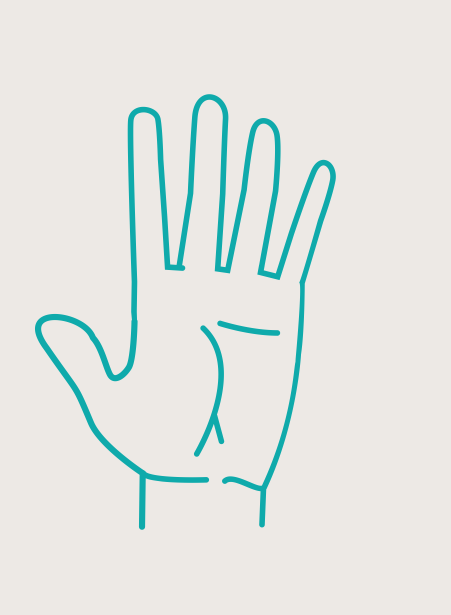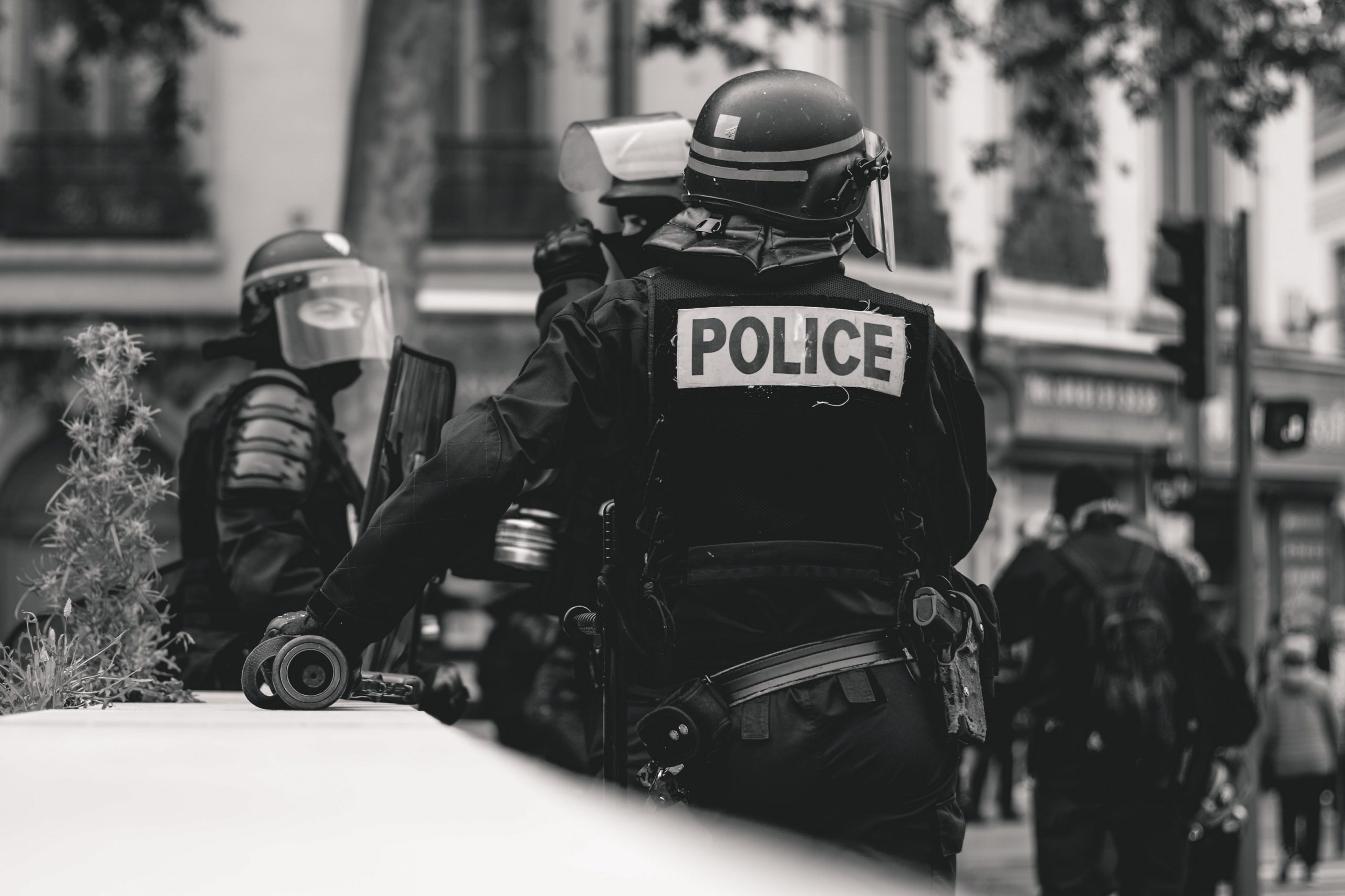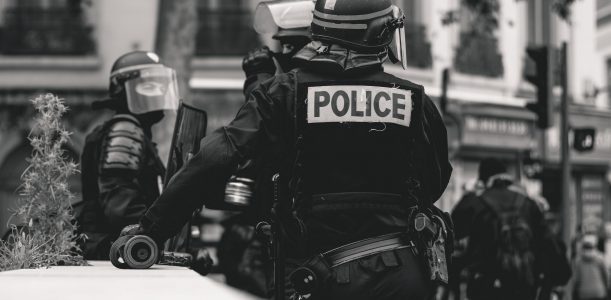Media is defined as the mean of communication such as radio and television, print publications such as newspaper or magazines and its intent is to reach people in the masses. Still, old media is restrictive in its coverage and was often delayed, and since the internet-age that began in the late ’90s, we are receiving news and information faster than the speed of light (literally, when your phone lit up with notifications, you are flashed with headlines). New media is everything that is delivered digitally to you. You do not need to walk far to get your news, except on the occasion to find the charger for your devices that you never seem to learn to leave at the same place.
On September 15, 2020, a Danish television channel DR 2 featured a special program, Clement Kalder Jorden: Går USA i stykker, where Danish journalist Clement Kjersgaard had the Scottish historian Niall Ferguson as a guest on the show.
Niall Ferguson made the following comment:
“If you think the USA is divided today, you just haven’t looked at how it was between 68′ and 74′, it was an extraordinary, divided time, and there was a much greater level of violence. What is going on today is a lot of online violence, verbal violence. It is not real violence. People get excited on a platform like Twitter, they called each other rude names. And then reflect on how divided we are as a society. I will say our level of division; our level of crisis is actually lower than in the 70’s”
You can watch the clip from the interview below
In his statement, Niall referred to the protest of the Vietnam War that did divide the society on a global scale and the escalation of violence everywhere by protesters.
If you type into Google “Vietnam protest casualties”, the search returns a list from Wikipedia of different protests and activism against the Vietnam War from the 1940s–70s. This was a modern war against communism and the threat of its ideology to the world. A threat that is still the making of a blockbuster movie storyline even today – bad guys vs good guys. The revolution.
What is my point? Niall’s statement made me wonder if society now is really less violence than they were in the 70’s? How would we measure the level of violence?
Manoeuvring the internet revolution and the rise of social media platform such as Facebook, Twitter and Instagram is not a walk in the park. As we receive information instantaneously into our palm size phones, within seconds we are forming an opinion on a certain subject and often conclude it with a simple LIKE. What are we even liking? Your friends have re-shared a post; a selfie of herself with the hashtag #womensupportingwomen, and you just liked it.
Do we even know the origin of that hashtags and what it represents? I will be writing more on this in my next blog post.
New media and technology have made information quicker and the promotion of activism widely spread than before. With new media and technology comes a new kind of revolution and responsibility, such as monitoring internet violence and other social media bullying, which has been suspected as one of the causes of the rise in suicide incidents in teenagers and adolescence.
Each time you put a post onto your social media page, you are inviting others into your life; some kind, some are not; whether you welcome it or not. You can leave a well-intended comment on a Facebook page of a celebrity or your friend and later discover you have offended “someone-who-know-someone” and you are being internet shamed. You are suddenly in a “digital war” trying to clear your online dignity and engaging in an endless discussion with a #snowflake. We are learning new lingos such as social justice warriors, WhatsApp vigilantes or internet trolls to describe a new kind of social class that exists only in the digital world.
And the digital divide of which the inequality of access to information and communication technology is now even wider since the pandemic Covid-19 began. While privileged and developed nations continue to live “life-as-normal” under the lockdown, with students being able to continue their education online and work from home initiatives #wfm, many underdeveloped nations have had to cease work and school is close indefinitely. Global Citizen reported nearly 1.2 billion children worldwide are out of schools due to closures, yet in 71 countries more than half does not have internet access. The digital inequality is further widening the education gap which in turns affect gender equality, as it was reported that many young girls have been forced into marriage since the pandemic began. In America alone, the FCC reported that in rural areas 65% have access to digital high-speed internet access, while on Tribal lands barely 60% have access. Digital access is important to economic recovery and job creation. We have to look at this as an important aspect of the social divide.
Perhaps what I can conclude from that statement is while there was violence in the ’70s, it is not necessarily higher than what is currently ongoing in the world whether is #BlackLivesMatter protestors or #Trump supporters at his rallies. Perhaps the level of violence is just the same, it is just society is numb to it. Seeing a person being arrested and clashes with riot police on your TV or the image of it in a newspaper in the ’70s may have a different shock level than today as it was probably not a common thing that pops up on your TV screen. Today we are seeing what we all categorise as violence daily and readily available – beheading videos on YouTube, explicit pornographic on PornHub, a live stream of suicide and the interactive number of Covid-19 related cases globally on WorldoMeter.
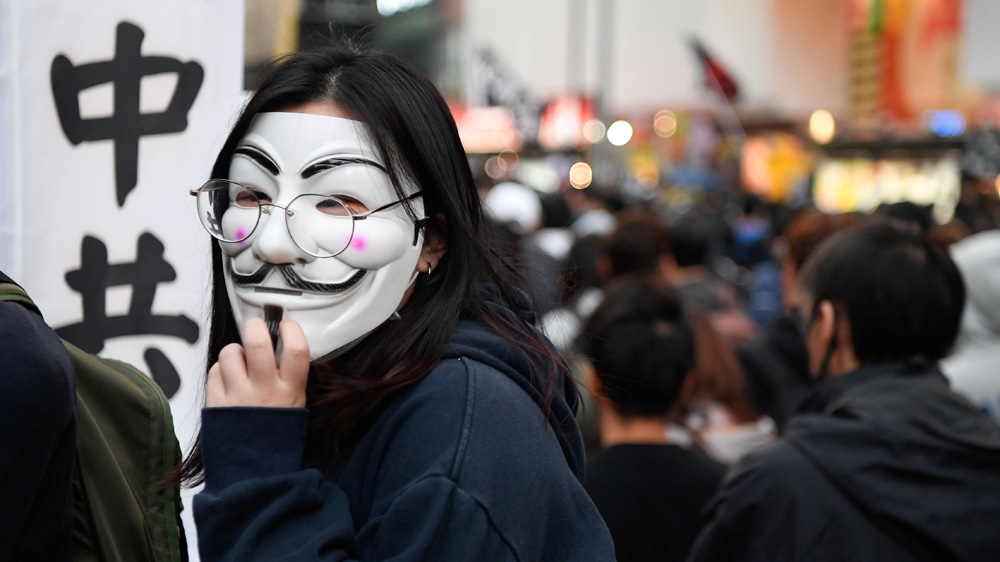
There is enough real violence in the world today, we are just jerked between so many different activism and world events that we do not have enough time to sit and comprehend our own emotions. One day we are angered to see violence inflicted on the #FreeHongKong protesters by the Chinese police and the next we are tearing up about the abandoned children in destroyed refugee camps in #lesbos, Greece. Social media feeds us with updates constantly and on-the-go, one minute we are still digesting the news on female influencer in Egypt jailed for their online activity, and the next we are mulling over our friends tweet on a post relating to a completely different subject on climate change and water waste. We glanced at the news on immigration-related crimes, and it may not be bloodshed violence but a subtle one where we all formed biases of a certain group of people that we have never ever even encountered in our life, because we read it on a friend’s post or read it off an anti-immigrant social media targeted campaigns. We formed an opinion on matters we have no deep knowledge about such as circumcision tradition within certain religions. And because we have the option to hide under a pseudonym, we can write anything we want under the “freedom of speech” umbrella but declining the freedom to stand up and take responsibility for our actions. We can all be a keyboard warrior provoking online violence in our own time from the comfort of our homes.
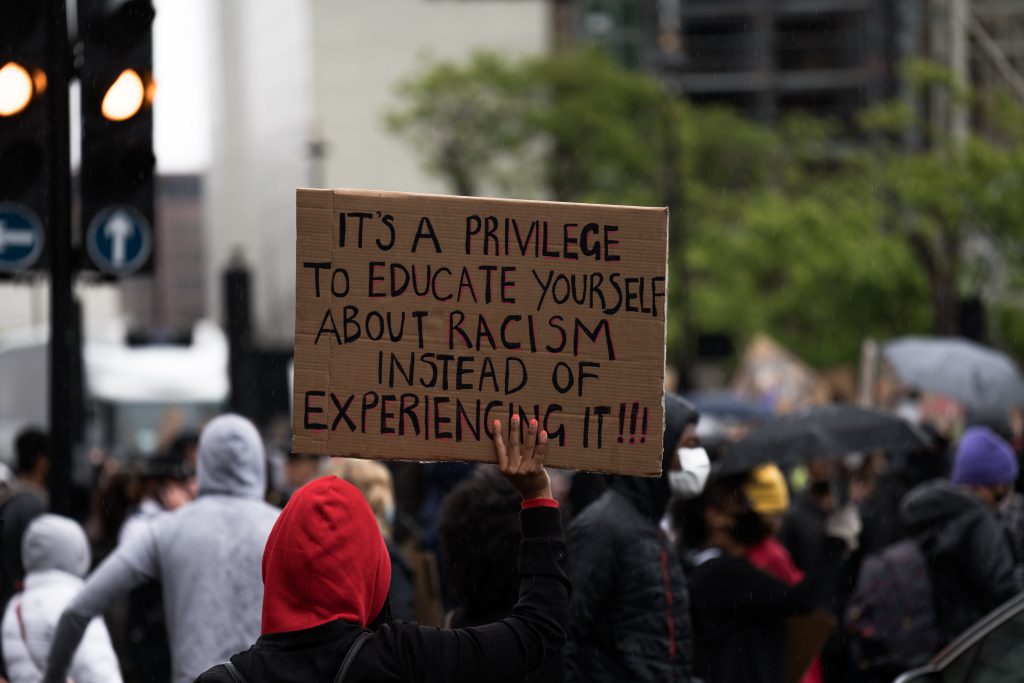
And the new technology is rapidly evolving, with new media platform emerging every day from on-demand entertainment streaming where we can skip all the ads – who have time for that? To artificial intelligence deciding what we should buy, watch, form our opinions based on what our contact list have liked, visit and of our own “preferences” while we are online.
As the pop-song “Video killed the radio star” by The Buggles lyrics goes, “We can’t rewind we’ve gone too far” seem befitting to describe how the society are going ahead with the way they use new media technology; the continual promotion of each of their own (personal) agendas. And if this continues, will there ever be peace – online or in reality?
What are your thoughts? Do you think we are a less violence society? Or our focus will continually shift with every new generation?
Disclaimer:
This blog is part of the coursework, and all opinions expressed in here are entirely the author’s own and are not related to any institutions referred to in here or those not explicitly stated.
